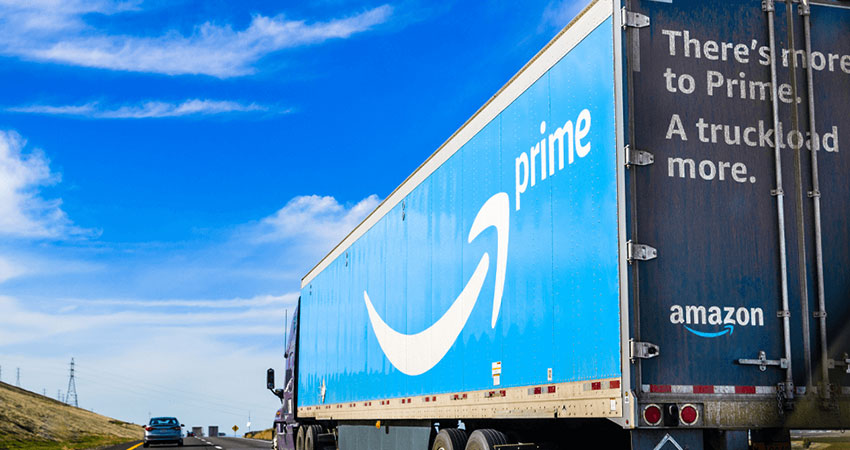Amazon reported third quarter revenue under estimates and provided a lowered fourth quarter outlook on Thursday, causing yet more jitters on Wall Street and in the industry as retail swings into the home stretch of the peak holiday season, and sending shares down 20% after hours.
The loss had moderated to a 12% drop on Friday morning, bringing Amazon back above the magic $1 trillion figure in market capitalization.
“The continuing impacts of broad-scale inflation, heightened fuel prices and rising energy costs have impacted our sales growth as consumers assess their purchasing power and organizations of all sizes evaluate their technology and advertising spend,” said Amazon CFO Brian Olsavsky on an earnings call.
The retail and ecommerce behemoth turned in $127.1 billion in Q3 revenue, up 19% vs. 2021, but below the Refinitiv analyst consensus of $127.46 billion. A strong dollar and the exchange rate took the topline back $900 million. More troubling was a revised Q4 forecast of $140 billion to $148 billion, well below the consensus figure of $155.15 billion, as ecommerce sales continue to soften.
Third-party sellers represented 58% of Amazon’s units sold in Q3, up from 56% last year and the highest rate ever. Olsavsky said the Prime Early Access event earlier this month (note: not a Prime Day) saw tens of millions of Prime members order 100 million items. Analysts, however, said the two-day affair underperformed expectations.
Amazon’s operating income was $2.5 billion, down nearly half from $4.9 billion in 2021, but the company still managed to beat the consensus earnings estimate of 22 cents a share, coming in at 28 cents a share.
Advertising sales were a bright spot in the quarter, increasing 30% to $9.5 billion, as the company goes head-to-head with Google and other major ad platforms. “Vendors and sellers have embraced our portfolio of products, which allow advertisers to build general awareness and/or drive sales of a specific product,” Olsavsky told analysts.
The CFO said capital expenditures will hit $60 billion in FY 2022, about what was spent last year. He noted that fulfillment and transportation spend was down $10 billion from 2021 “as we’ve continued to moderate our build expectations to better align with demand.” Amazon has been cutting back significantly in its build plan for new facilities.
“And this is offset by an approximately $10 billion year-over-year increase in technology infrastructure, primarily to support the rapid growth, innovation and continued expansion of our AWS footprint,” Olsavsky said.
The CFO said Amazon is working to improve productivity and network optimization to get its cost structure in line with pre-pandemic, primarily in operations. “There’s a unique thing going on with inventory right now because we have a lot of weeks of cover mainly due to supply chain issues coming out of Asia primarily and we’re seeing with our sellers, too,” he said.
While Amazon’s model reacts quickly on the demand side, Olsavsky said, like many other retailers supply chain issues have led to increased stock levels. “The issue there is that we generally have a favorable working capital impact from accounts payable that is more days than our inventory,” he said. “That’s been flipping the last year, and we expect that to normalize as we move into 2023.”
Concerning the 2022 peak holiday season, which for all intents and purposes kicked off early this month, Olsavsky tempered Amazon’s optimism with some caution.
“We’re realistic that there’s various factors weighing on people’s wallets, and we’re not quite sure how strong holiday spending will be vs. last year,” he said. “And we’re ready for a variety of outcomes. But we know the consumers when they’re looking for good deals, and that positions us well.”

